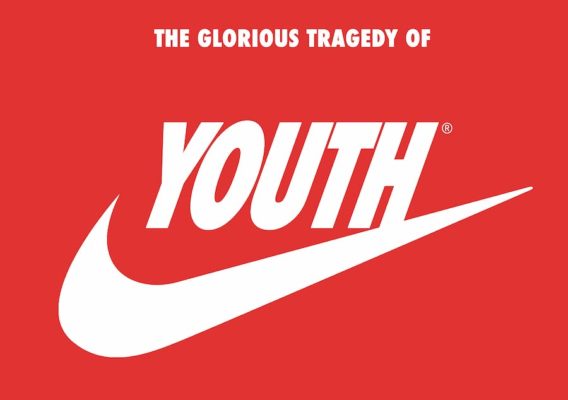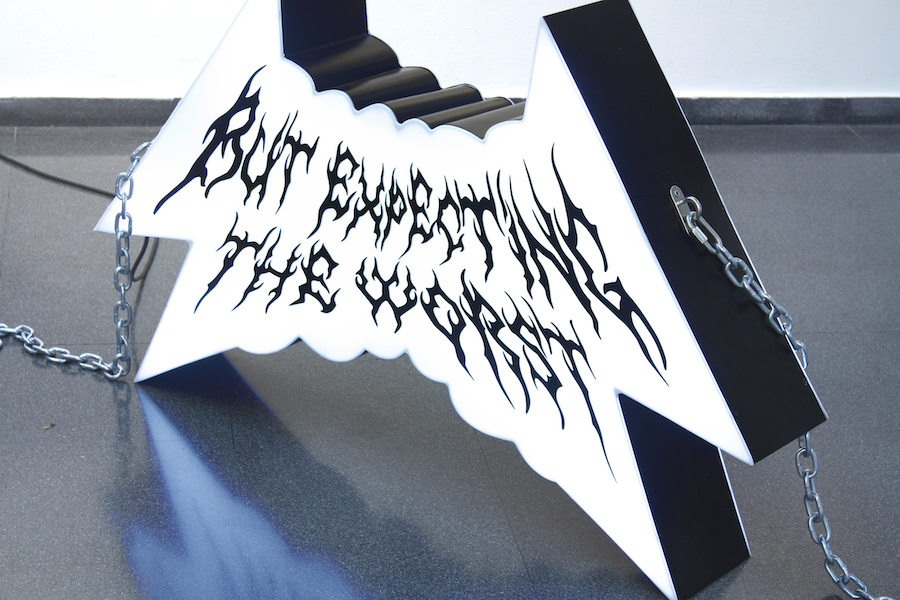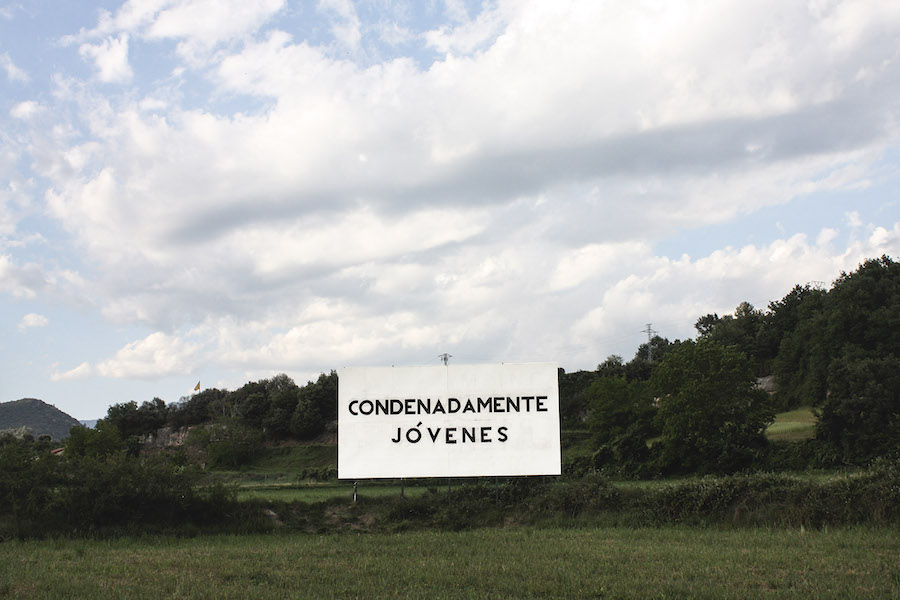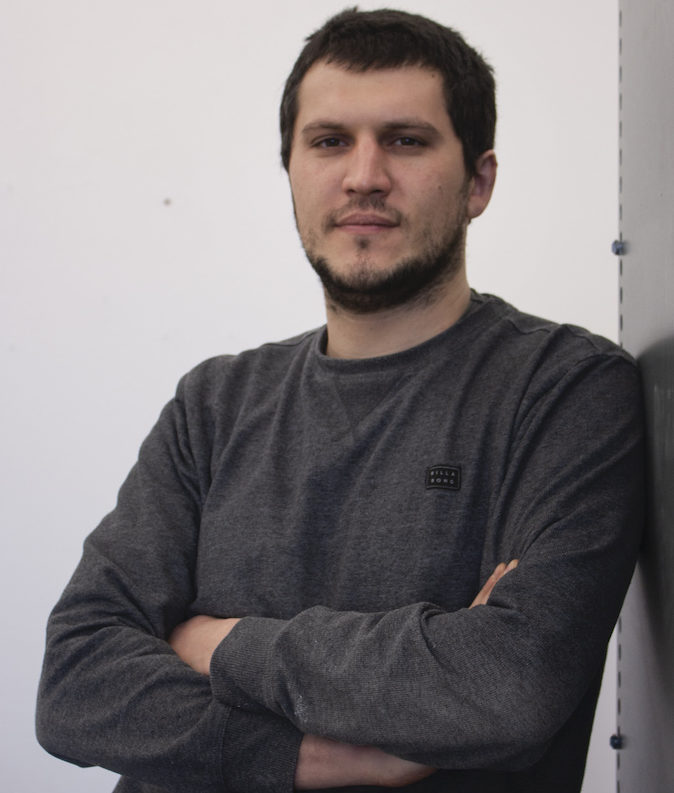Search
To search for an exact match, type the word or phrase you want in quotation marks.
A*DESK has been offering since 2002 contents about criticism and contemporary art. A*DESK has become consolidated thanks to all those who have believed in the project, all those who have followed us, debating, participating and collaborating. Many people have collaborated with A*DESK, and continue to do so. Their efforts, knowledge and belief in the project are what make it grow internationally. At A*DESK we have also generated work for over one hundred professionals in culture, from small collaborations with reviews and classes, to more prolonged and intense collaborations.
At A*DESK we believe in the need for free and universal access to culture and knowledge. We want to carry on being independent, remaining open to more ideas and opinions. If you believe in A*DESK, we need your backing to be able to continue. You can now participate in the project by supporting it. You can choose how much you want to contribute to the project.
You can decide how much you want to bring to the project.

One of the most mysterious themes in Greek tragic theatre is the way that sons are predestined to pay the sins of their fathers.
It doesn’t matter if the sons are good, innocent, pious—if their parents have sinned, the sons must be punished.
It’s the chorus—a democratic chorus— which claims to be the depository of such truth, which it pronounces without introduction or without illustration, so natural does it find it.
Unhappy Youth, Pier Paolo Pasolini
And we do what we do ’cause we don’t understand the consequences
Of every step we take is wrong, how could we ever see the mess?
And it’s not just you and me, the whole youth is depressed
Shake 070
In 2019, I had an individual exhibition in Terrasa entitled The Glorious Tragedy of Youth. I stole the title of the exhibition from an exhibition in Barcelona in 2008 which I never saw. The little I know about that exhibition is that it was sponsored by a skateboard clothing brand, and on the flyer the brand logo was larger than the artist’s name. What seemed interesting to me was that, more than the title of an exhibition, it was an advertising slogan. Youth is an asset, youth is a romantic ideal, youth is a niche market. You have to exploit it.
In my exhibition, everything revolved around the same idea, the paradox of youth and its representation. In media discourse, youth is presented as the most desirable condition of being. The qualities attributed to this concept are always understood as purely positive and are reproduced everywhere. These qualities are embodied and recreated in the media by subjects of all ages with the aim of producing desirability. The attributes of youth are synonyms for what is fresh, joyous, healthy, productive and so many other good things. At times, youth appears as just a simulacrum disconnected from the biological condition of the body. Cosmetic surgery or makeup are just some of the techniques used, and also reproducing attitudes or using a certain slang. On the other hand, there are those who enjoy the “privilege” of being biologically young (although who knows what its limit is). Unfortunately, young people live a reality that is less attractive than the avatars that represent them, faced with labor precariousness, a lack of opportunities and, in the case of minors, of not even being granted all their rights. From this point of view, there are two very different youths, one which is only a spectacular representation and another, more precarious one defined by the age of the body. These different visions are antagonistic. There is a disconnect between the subject represented and the imaginary subject with which it is associated. The exhibition was based around a centerpiece consisting of a light box in which the following sentence could be read: “Hoping for the best, but expecting the worst”. A snippet of the song Forever Young, from the German New Wave band Alphaville, was played. The quote shows the ambivalence between ideal and material reality, between hope and expectation, between what they tell you that you should be and how you actually see things. Between these two positions there is a tension that exceeds and shapes us.

Image of the work Alphaville Song

Image of the work Alphaville Song
Before the exhibition, we held some workshops with a group of teenagers interested in photography. We made a small photo-novel fanzine on the theme of adultism[1]Adultism is “the power that adults have over children.” More specifically, adultism is defined as “prejudice and systematic discrimination against young people.” and showed it in the exhibition. The teenagers wrote the script, acted and took the photos. I organized the sessions and helped out with the layout of the fanzine. It was a very rewarding experience because I had the opportunity to work with a group of genuinely beautiful human beings. When I tried later to revive this experience as a teacher in a school, the result was quite disappointing. I had become an authority figure and there’s nothing more despicable from the point of view of those young minds. I couldn’t convince them otherwise and I ended up leaving the job.

Poster made by the British protopunk King Mob collective
The main characteristic of youth as simulation is its ability to produce value. The act of representing youth produces a certain symbolic capital that is very useful at the moment of the hyperproduction of the lived subject. On the other hand, the two main characteristics of youth as a biological condition are power and despair. Power comes from the vibration of a multitude of possible futures. Despair, on the other hand, comes from having nothing more than potential. In his book Futurability, Bifo develops a concept that is very useful for thinking about these two properties. The concept of futurability is the condition of potential itself in relation to the powers that dominate and limit it. The concept implies the bifurcation of possible futures, as well as the act of making some of them visible while others are kept hidden. From this gigantic immanence of possibilities only some are inscribed within social life, while the rest are deliberately hidden or canceled. Threatening young blood mocks such determinism, but it is hard to escape it.

Intervention carried out in the context of the Emergent Festival organized in the Cal Rosal Convent in Berga
| ↑1 | Adultism is “the power that adults have over children.” More specifically, adultism is defined as “prejudice and systematic discrimination against young people.” |
|---|

Joan Pallé Lleida 1989, is a multidisciplinary artist who lives between Barcelona and Basel. His practice is based on research projects that end up being formalised in drawings, sculptures and more recently in videos. In recent years he has taken part in the organisation of several independent exhibition spaces. He is currently a member of the curatorial team of the Malpaís space in the Marina de Port district of Barcelona.
"A desk is a dangerous place from which to watch the world" (John Le Carré)